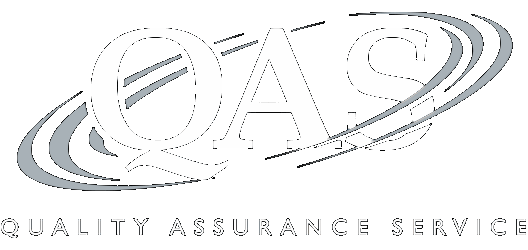Internal Controls: Enhancing Compliance and Efficiency
Overcoming Frequently Faced Issues and Common Peer Review Comments
Recording of a 110-minute CPE video webinar with Q&A
This webinar will focus on the requirements regarding assessing internal control systems for financial statement audit purposes. The panelist will provide a perspective on the need for and benefits of the required assessment and optional testing of internal controls following AICPA generally accepted standards. In addition, the seminar will clarify some of the differences with PCAOB standards.
Outline
- Internal controls: an introduction
- Utilizing inherent, control, and analytical procedures to achieve a low risk audit
- Conflicting guidance
- PCAOB
- AICPA
- Uniform Guidance
- The impact of SAS No. 145 (Risk Assessment) on assessing systems of internal control
- The 17 required COSO principles
- Current assessment best practices
- Overcoming frequently faced issues and common peer review comments
Benefits
The panelist will review these and other key issues:
- Understanding the implications for assessing and/or testing systems of internal control
- Developing best practices for efficiency and compliance when assessing controls
- Identifying key changes required under SAS 145 in the assessment process, including new areas of emphasis in the standard
- Identifying the implications of controls assessment findings and reporting requirements
- Identifying the supportable size of test of controls for financial statement audit purposes
Faculty

Lynford Graham
CPA, Ph.D., CFE
-
Mr. Graham is a Certified Public Accountant with more than 40 years of public accounting experience in audit practice... | Read More
Mr. Graham is a Certified Public Accountant with more than 40 years of public accounting experience in audit practice and in various National Firm policy development groups. He is a consultant on professional auditing and accounting matters and an author. Until ecently Mr. Graham was a Visiting Professor of Accountancy at Bentley University in Waltham MA. He is a frequent speaker at National AICPA and State Society conferences.
Close
